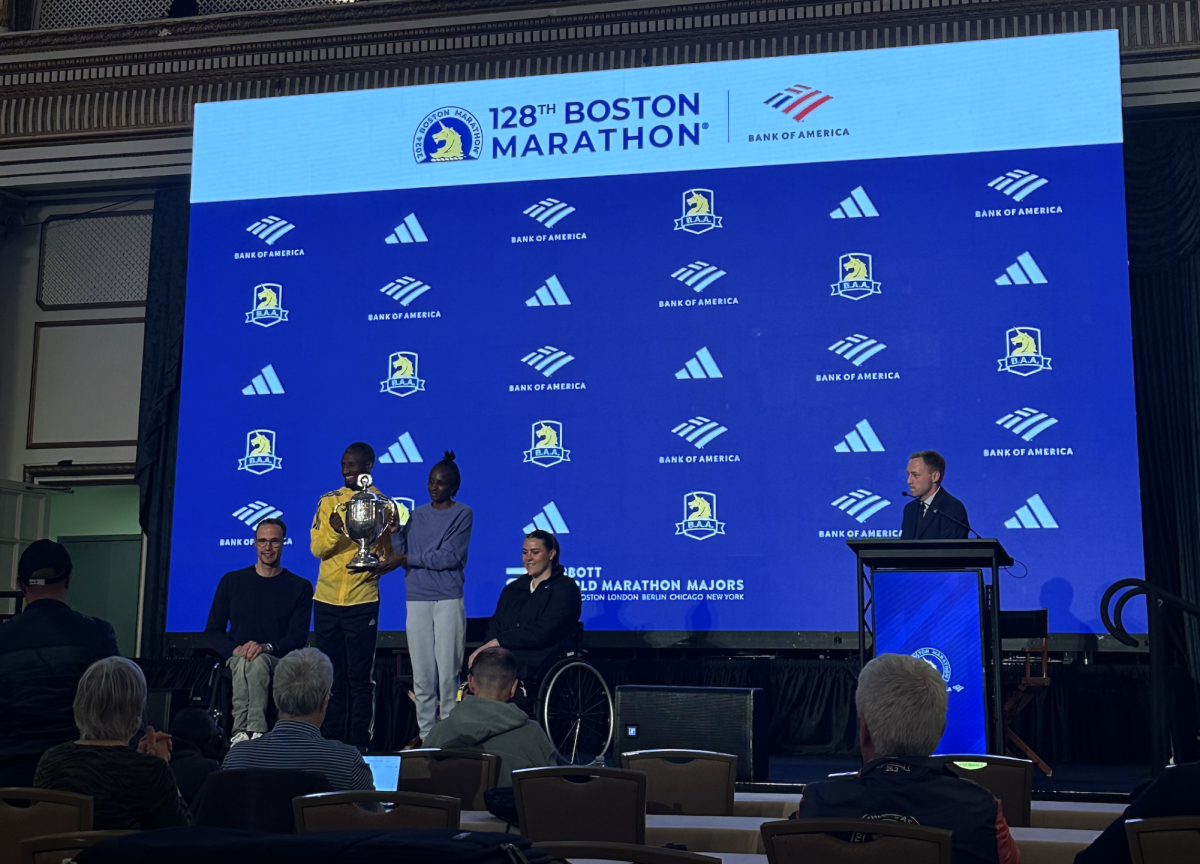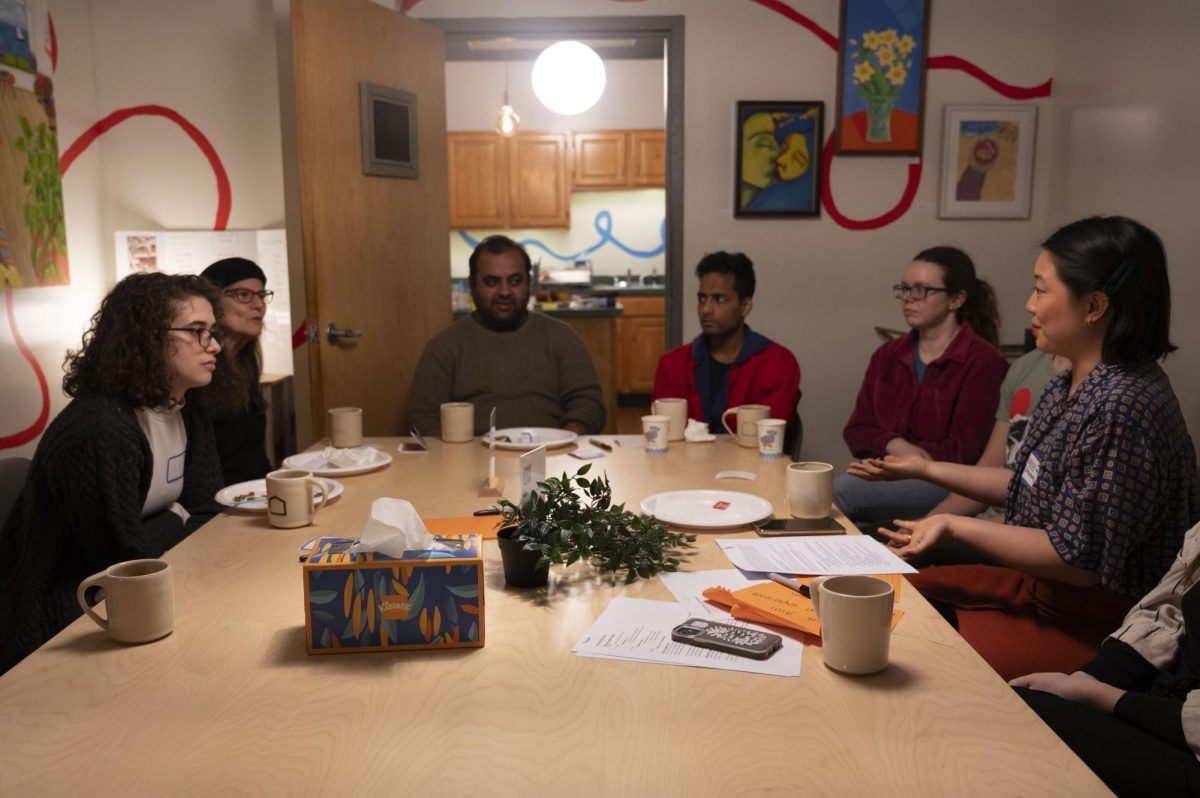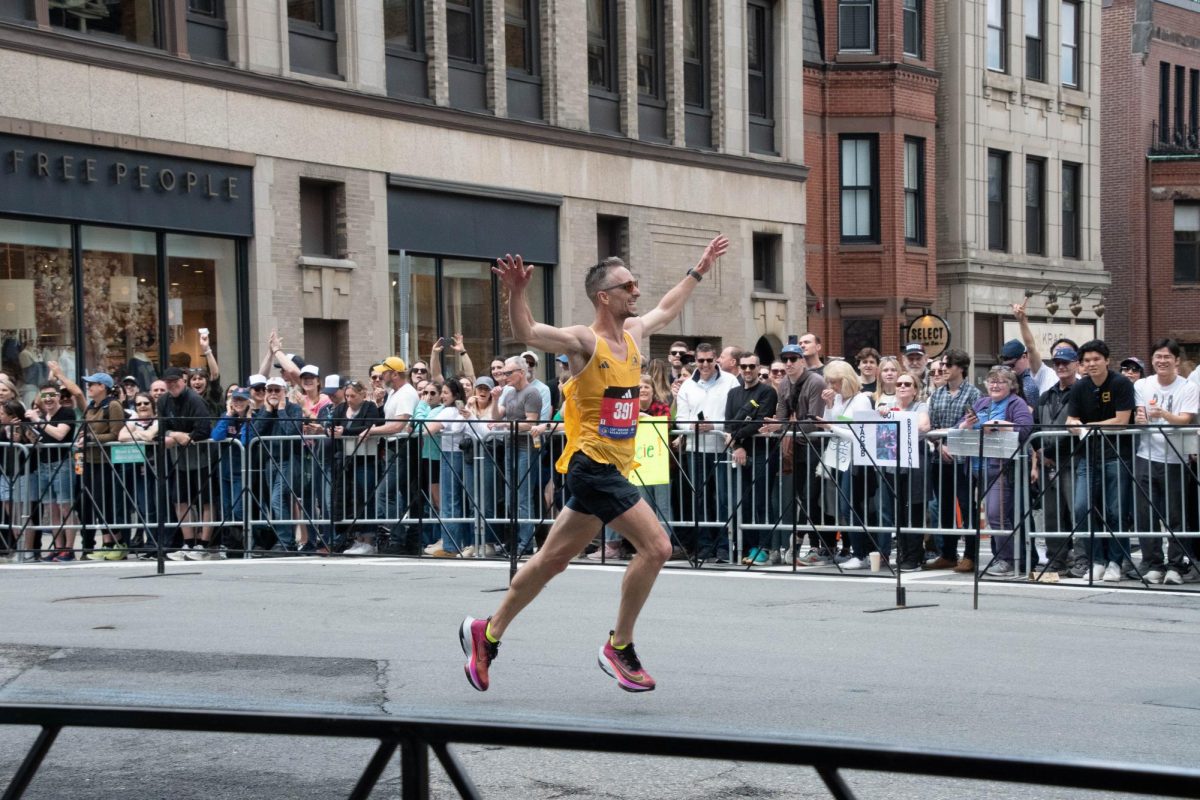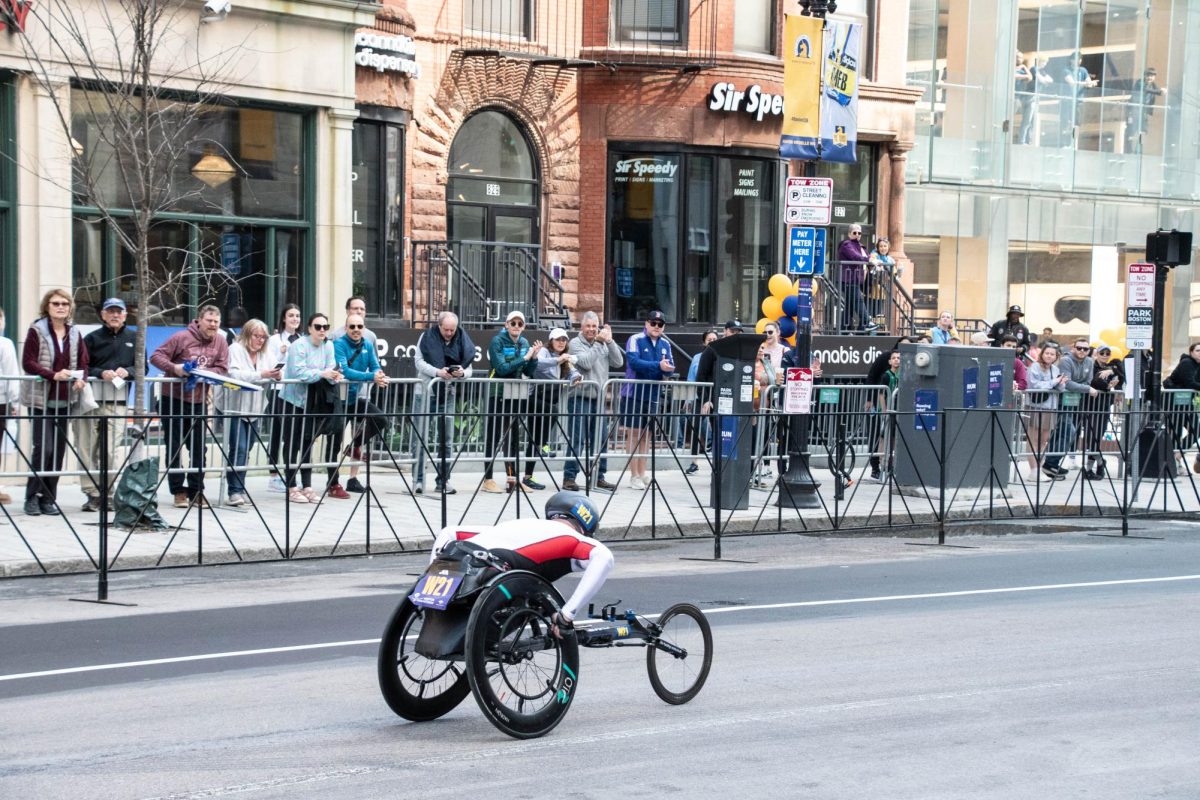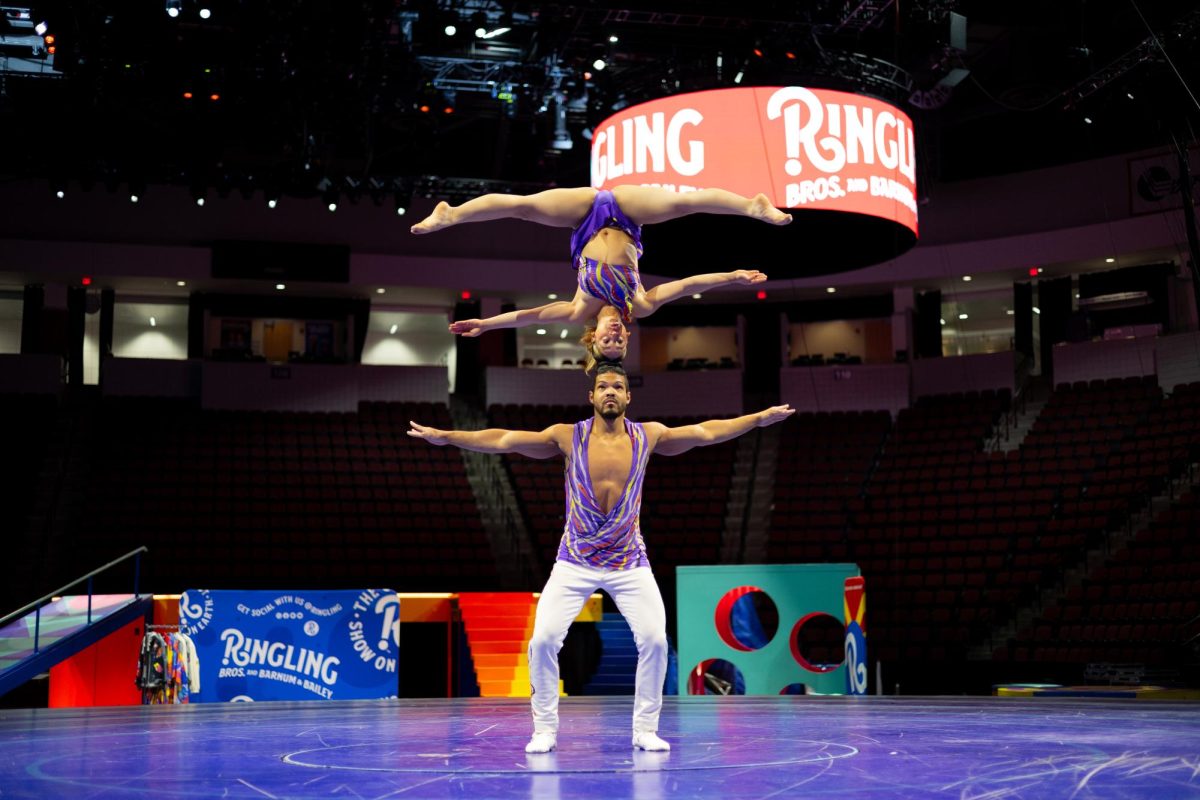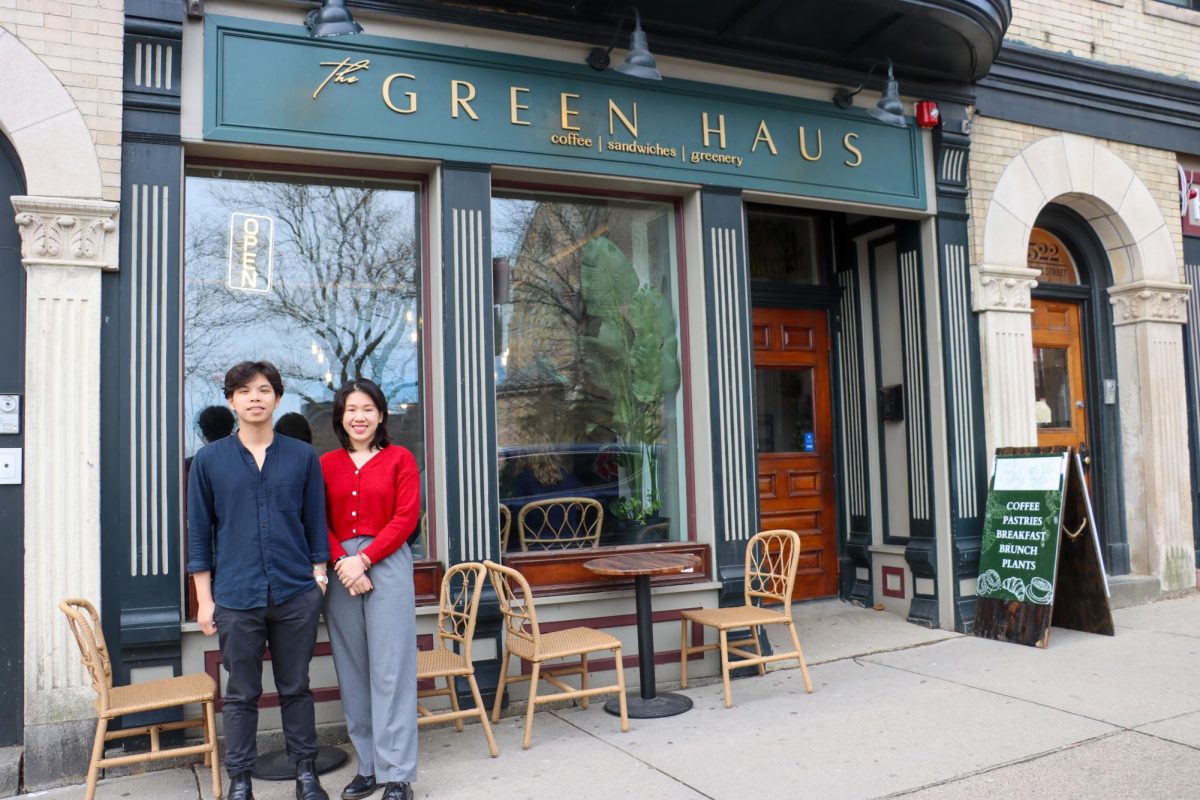By Kelly Garrity, news correspondent
Boston hosted two Veterans’ Day parades Saturday: one to honor the men and women who have served in the military and another to call for an end to war throughout the world.
The former was hosted and organized by the City of Boston and the latter by the anti-war group Veterans for Peace. Hundreds of service men and women lined the streets, clad in uniforms and carrying flags and artillery. Bagpipers played an array of patriotic songs, including “God Bless America,” “The Spangled Banner” and “Stars and Stripes Forever.”
The city’s parade began at 1 p.m. and was followed three minutes later by the peace parade. Both parades started at the intersection of Boylston and Charles Street, adjacent to the Boston Common, and ended at City Hall Plaza.
Marching in the parade were veterans from all branches of the military, four high school and college ROTC groups, a local elementary school marching band and the Boston Police Gaelic Column of pipes and drums. Mayor Martin J. Walsh was in attendance, greeting and shaking hands with veterans before the city’s parade commenced.
Before the parade began Joe Kebartas stood at the corner of Boylston and Charles Streets, holding a Veterans for Peace flag and handing out pamphlets to passersby. Kebartas, a member of the anti-war group since 1987, was drafted into the army during the Vietnam War and was trained as a psychiatric medic, working with soldiers in a heroin detox center in Cam Ranh Bay. Veterans for Peace, a national organization with more than 100 chapters, aims to promote peace and end violence abroad, Kebartas said.
“You look at man’s behavior and how we’ve changed,” Kebartas said. “They used to smoke everywhere and now they don’t smoke, there used to be slavery and now there’s no slavery. So man has evolved over the years, there’s no reason it shouldn’t be the same with war.”
The reason for the two separate parades is government policy, said George Ratliff, a member of Veterans for Peace who was drafted into the army during the Vietnam War and fought in Cu Chi in South Vietnam. Ratliff marched in the parade with Veterans for Peace, carrying a poster with the words “We Need Peace Now” emblazoned in red letters.
“We’ve never been allowed to be part of the official parade because we’re not one of those sanctioned veteran groups recognized by the government, because we do have an anti-war position,” Ratliff said.
Organizers from the city’s parade were not available for comment, but a representative from the mayor’s press office, who spoke on the condition of anonymity, said the parades function as one but are organized by two different committees.
“They march back-to-back on the same route,” the representative said. “It’s just one organizes the first few floats and the second committee runs the second half.”
Despite apparent differences between the two groups, Ratliff said there is not much conflict among the members themselves.
“We all respect each other because we all know what it was like to be over there,” he said. “Many of them are not pro-war, many of them might be anti-war as well.”
Kebartas agreed, noting how fighting for the same causes brings the groups together.
“There’s probably not a lot of difference between us,” Kebartas said. “We all went to the same wars and shared the same experiences.”
Members of the other parade said they feel the same. Paul Chen, an army veteran from Taiwan, walked with the city’s parade while dressed in full uniform. However, he said he and many with him respect and appreciate the peace parade marchers.
“Everybody has the freedom to express their belief,” Chen said. “But I think there’s a very good cause they’re a part of.”
David Yang, a Vietnam veteran who marched with Chen, agreed.
“Some guys have issues with each other, but it’s more individual,” Yang said. “Mostly we respect each other and acknowledge that war affects everyone differently. Everyone has a different mindset once they’re out.”




